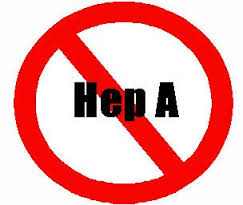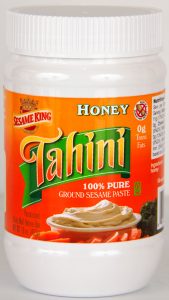Mohamad Fadli Mohd Saleh, 38, an auxiliary police officer, died of sepsis and multi-organ failure a week after eating from a bento box prepared by Spize.
 The coroner’s court heard Fadli had eaten the food prepared by Spize restaurant between 2.53pm and 4pm on Nov. 6, 2018.
The coroner’s court heard Fadli had eaten the food prepared by Spize restaurant between 2.53pm and 4pm on Nov. 6, 2018.
This was about five hours after the food had been prepared at Spize’s River Valley outlet between 9.30am and 10.30am.
A post-mortem initially stated the cause of Fadli’s death as cardiorespiratory failure.
A subsequent report found that Fadli had died of sepsis and multi-organ failure following acute gastroenteritis.
Seven separate suspected food-borne incidents were linked to Spize between Nov. 6 and 9.
Numbers
- 211 people consumed food from Spize.
- 73 people fell sick
- 47 people of them were hospitalised, including Fadli
- 36 tested positive for salmonella
The other 35 have recovered from salmonella.
The salmonella outbreak was described as “unusually severe”.
Salmonella is a “self-limiting disease”, with an incubation period of between 12 and 36 hours.
This Spize incident had an immediate incubation period that was much shorter, within just eight hours, and there was a high hospitalisation rate.
The possibility of there being a virulent strain of pathogens was ruled out after an investigation.
 The severity of those affected was perhaps due to the increased bacteria loads of the contaminated food item.
The severity of those affected was perhaps due to the increased bacteria loads of the contaminated food item.
Details of packed bento:
There were three types of rice placed in the bento boxes:
- Indonesian rice, which included egg fried rice, prawn omelette mung beans and tofu;
- Malaysian rice, which included kampung fried rice, chicken sambal and stir-fried morning glory; and
- Chinese rice, which was egg fried rice with Chinese sausage, omelette, crispy fish and other ingredients.
State coroner Kamala Ponnampalam said in her case findings Aug 23/19, “The joint investigations by the agencies uncovered several alarming lapses in the food handling and food preparation methods which directly contributed to the outbreak of acute gastroenteritis,” said the coroner.
Strains of salmonella were found on the ready-to-eat bento sets at Spize’s River Valley Road outlet, where the food was prepared.
 The bacteria was also found on raw food items and commonly touched surfaces such as a door handle leading to a cold room and the cold room rack at the restaurant.
The bacteria was also found on raw food items and commonly touched surfaces such as a door handle leading to a cold room and the cold room rack at the restaurant.
“This was suggestive of cross-contamination with raw meat, borne by the food handlers,” said the coroner.
“There was also faecal matter detected in the ready-to-eat food (belacan egg fried rice) and on the kitchen tools like the chopping board and knife used in the chicken rice preparation which points to poor hygiene practices, either in the handling of unclean raw meat, or in poor personal hygiene.”
Seven of the 34 food handlers were not registered with NEA and had not attended the basic food hygiene course.
There was no soap provided at the restaurant’s basin, so it was likely that the food handlers did not wash their hands with soap before handling cooked ingredients, preparing meals, after handling raw ingredients, or after touching other parts of the kitchen.
This could have led to cross-contamination of salmonella bacteria between the raw ingredients and cooked food, the court heard.











